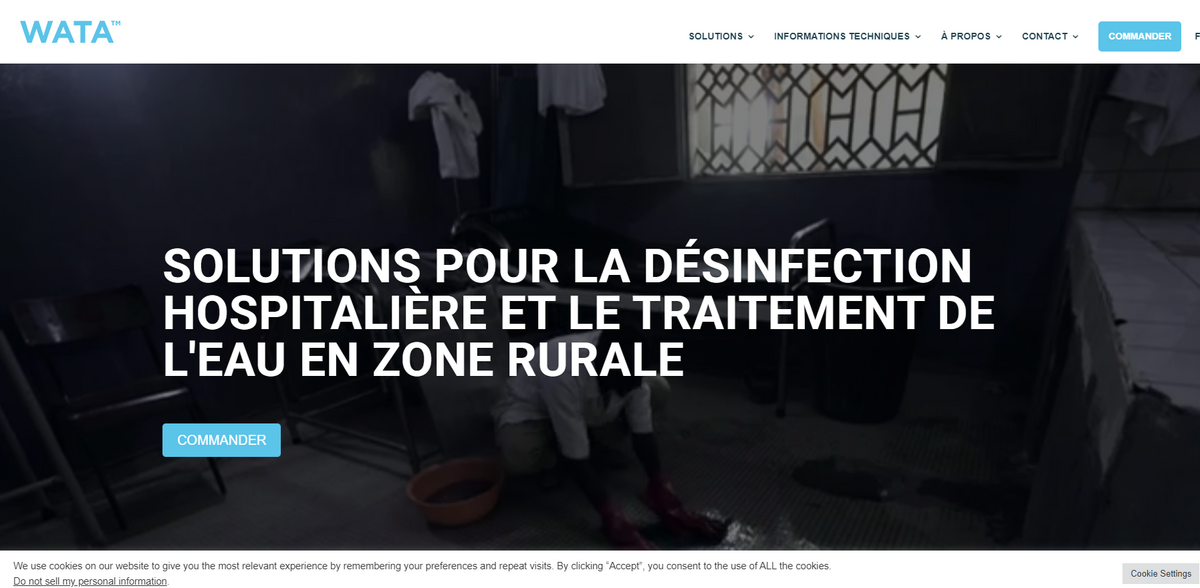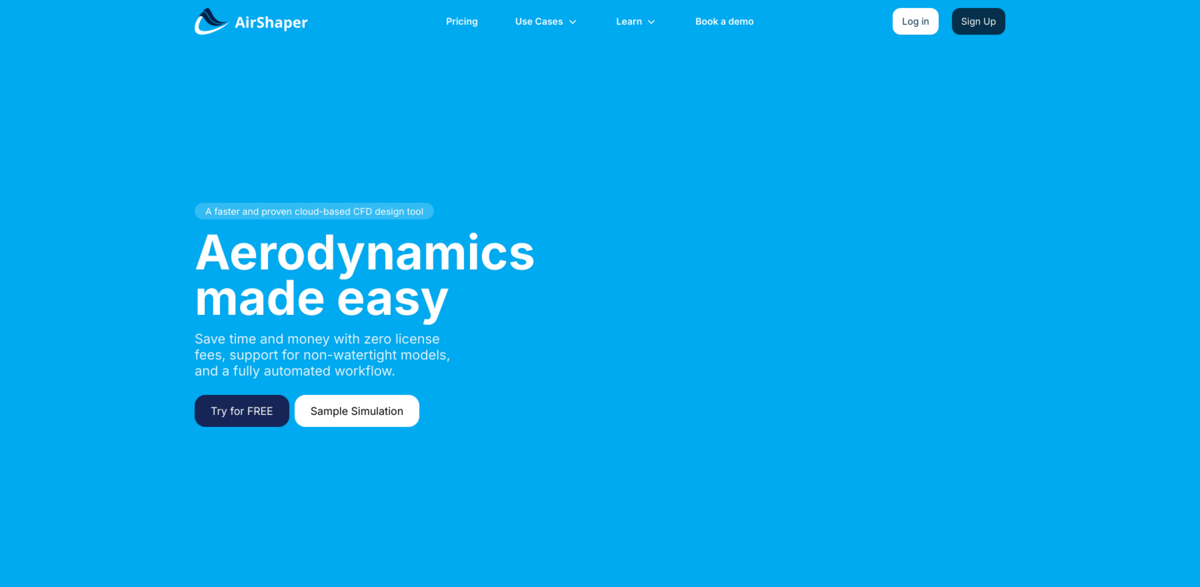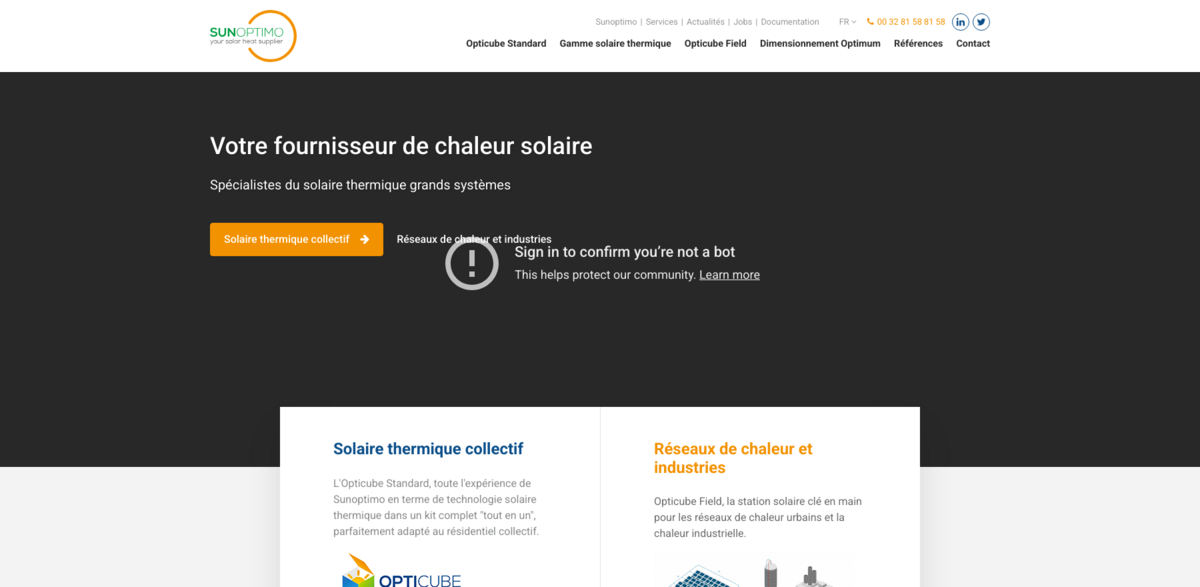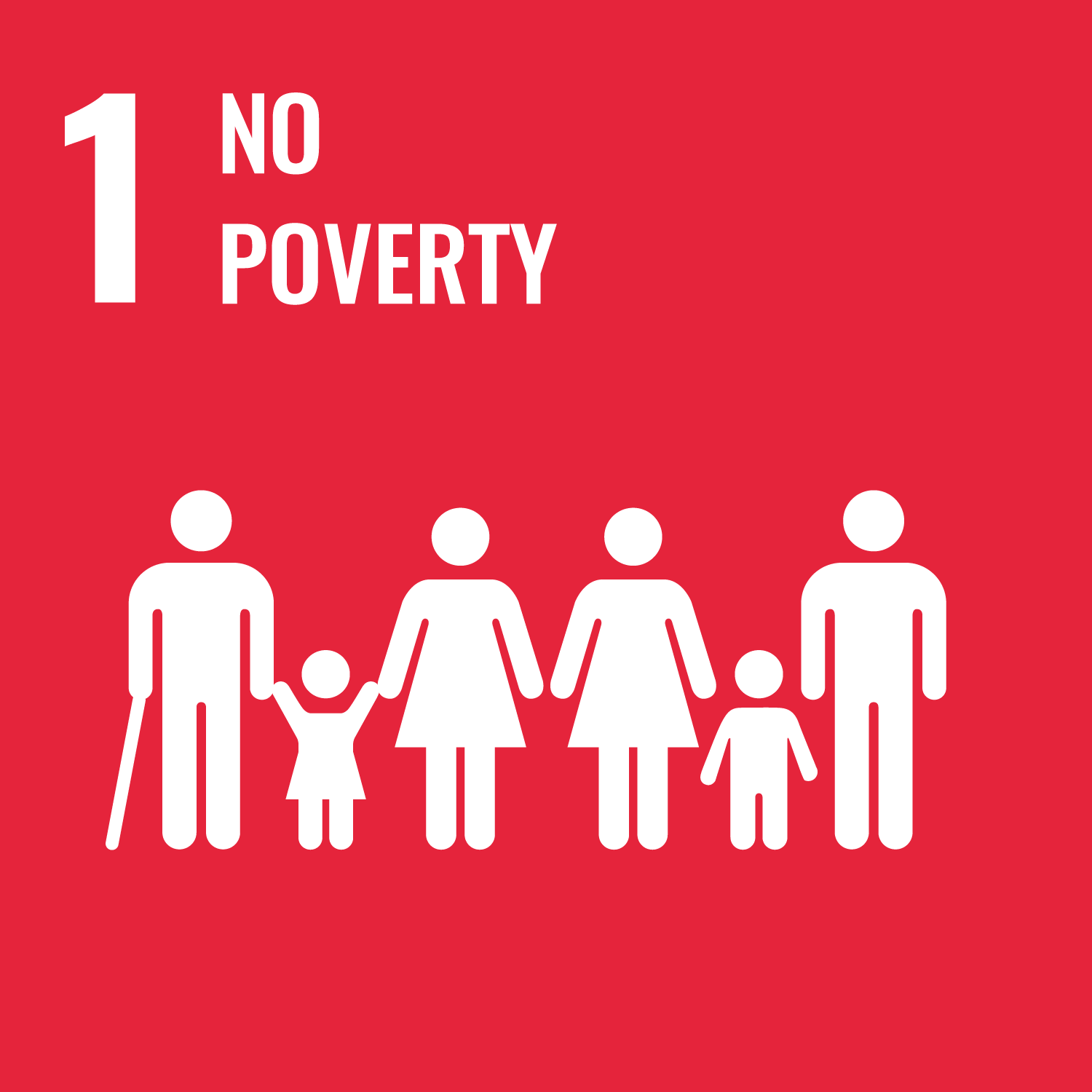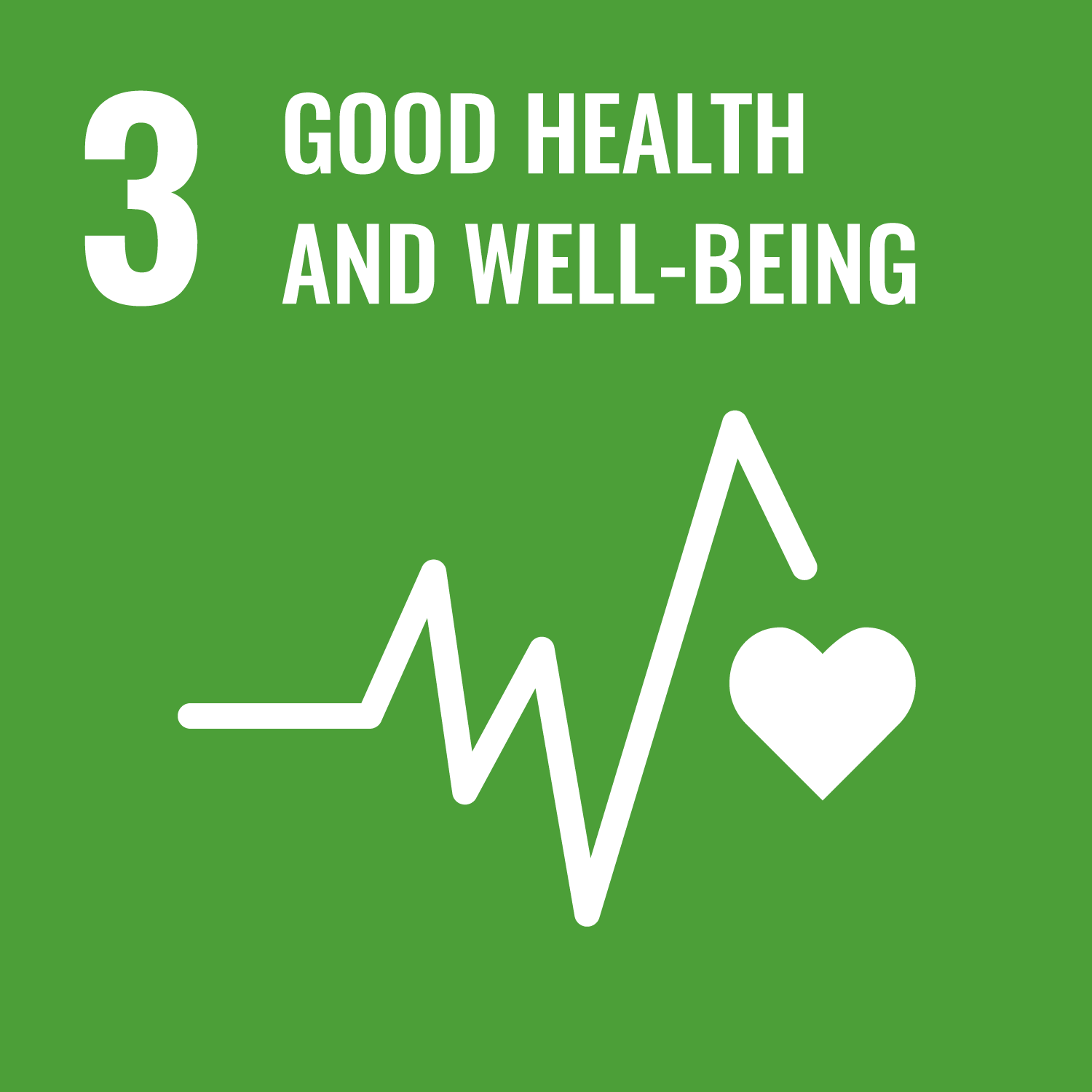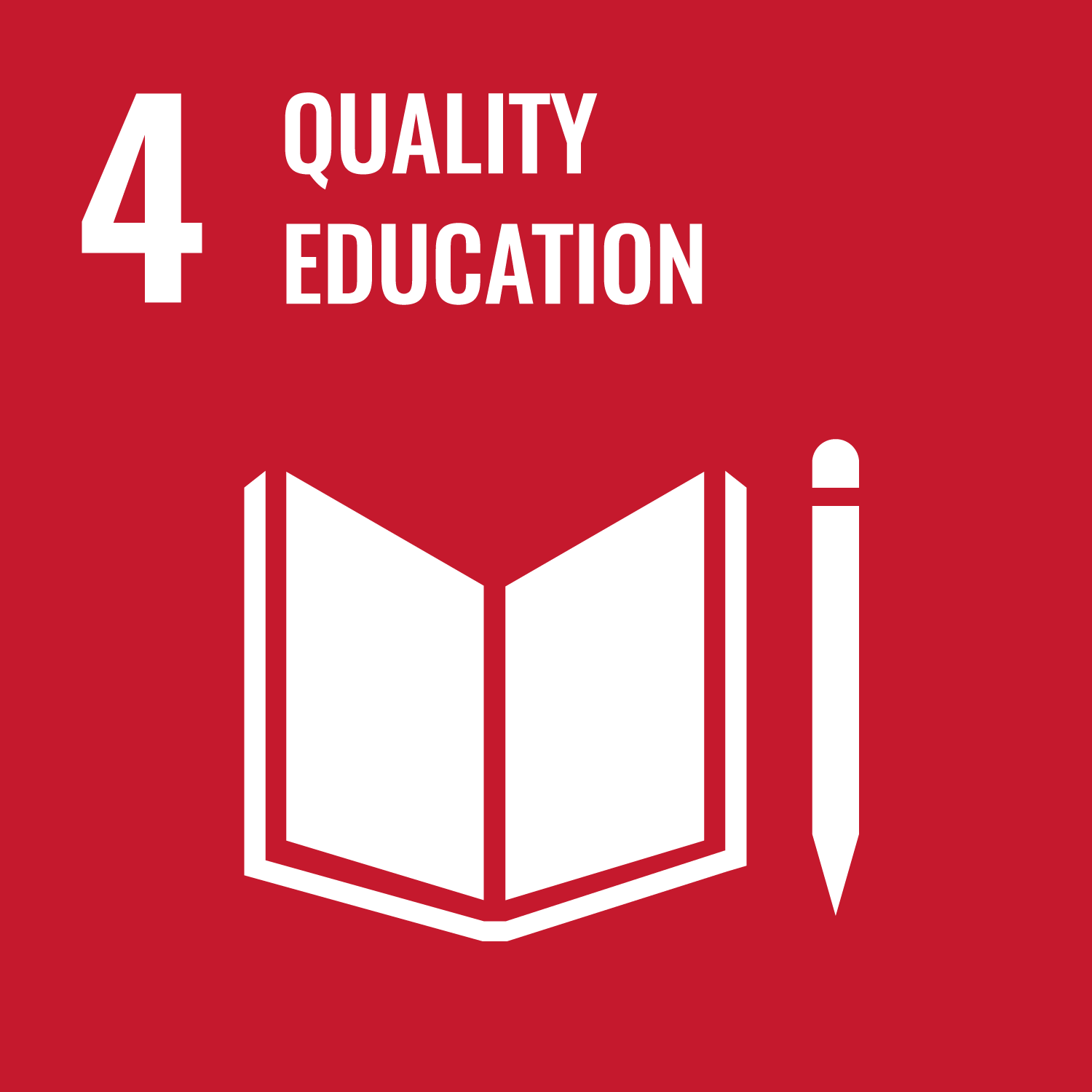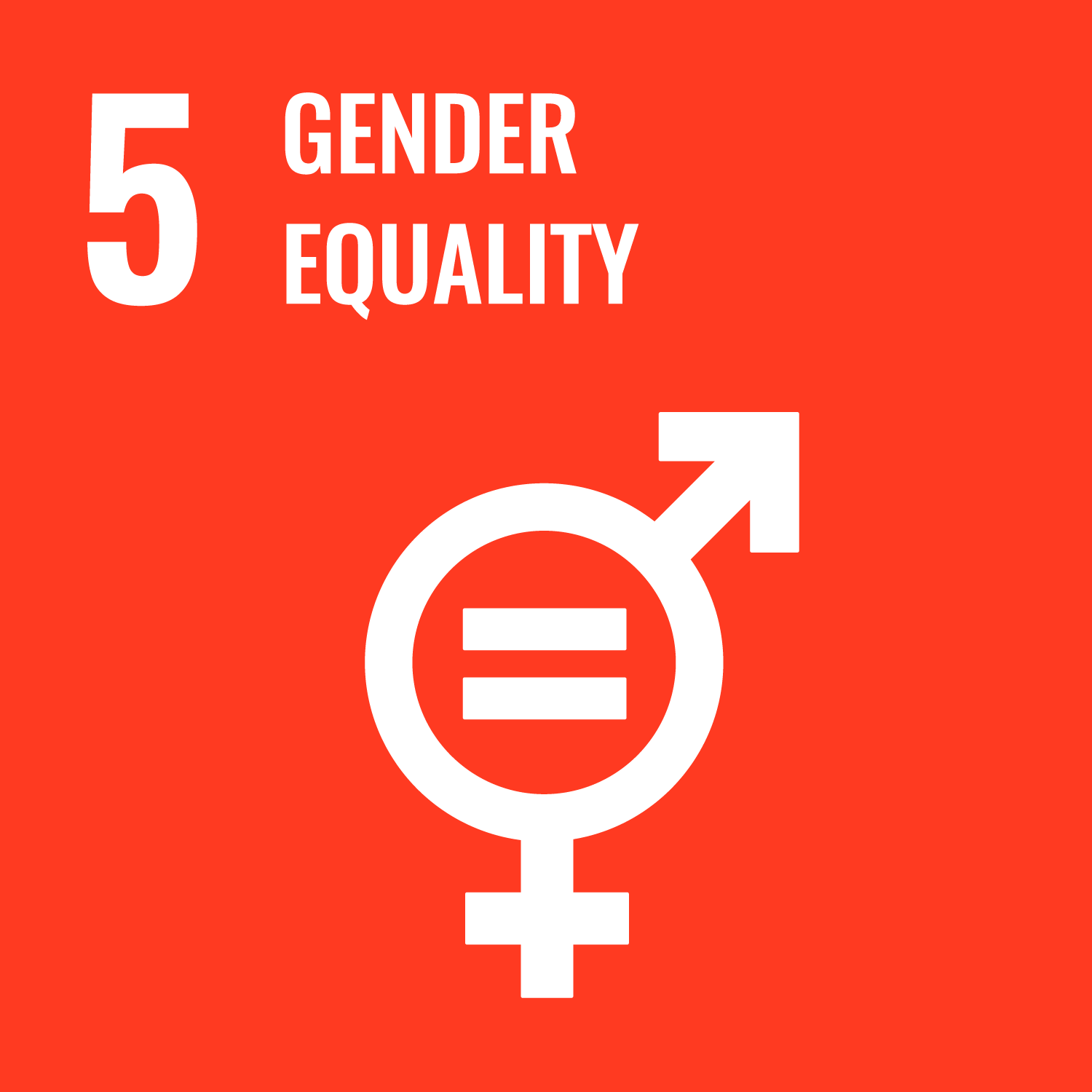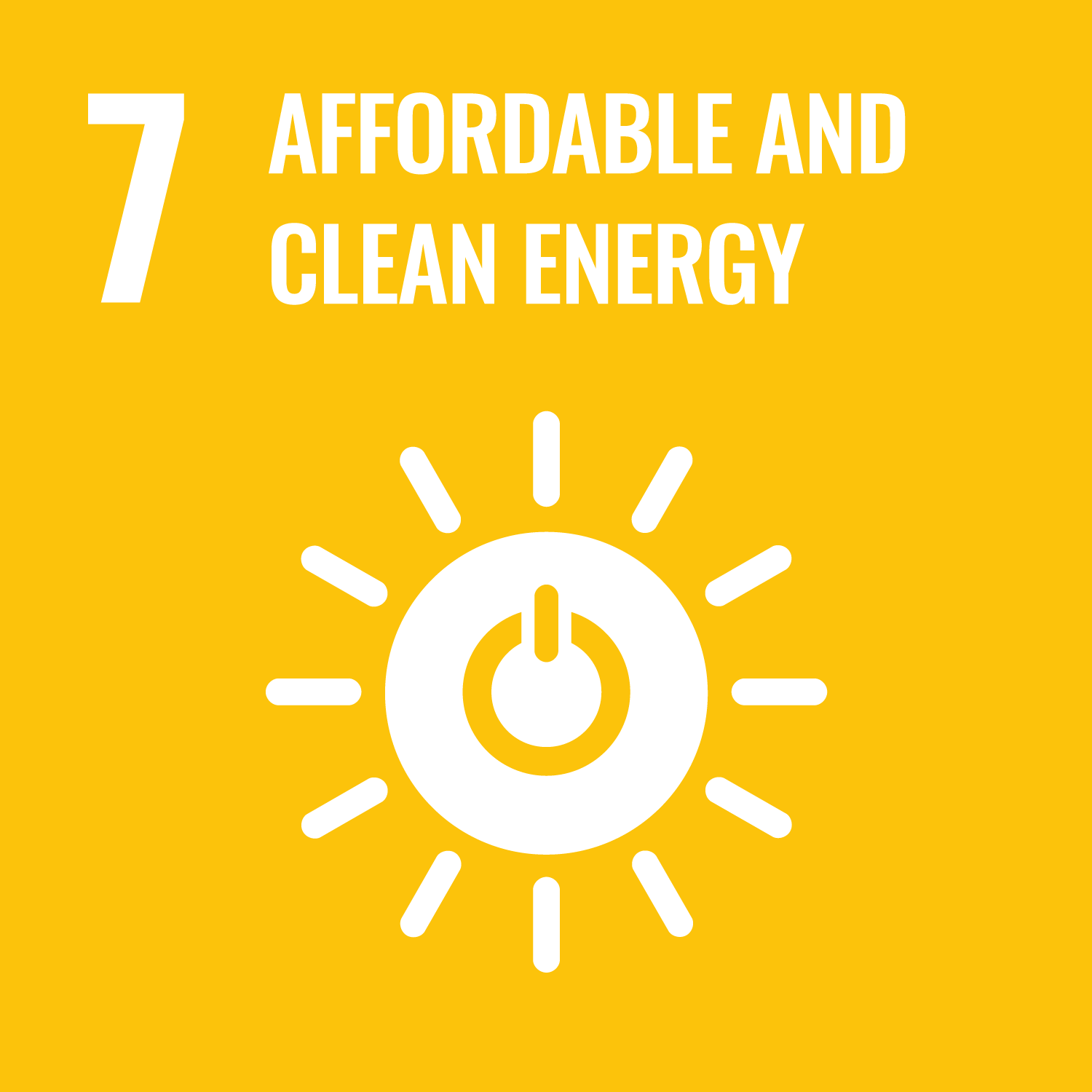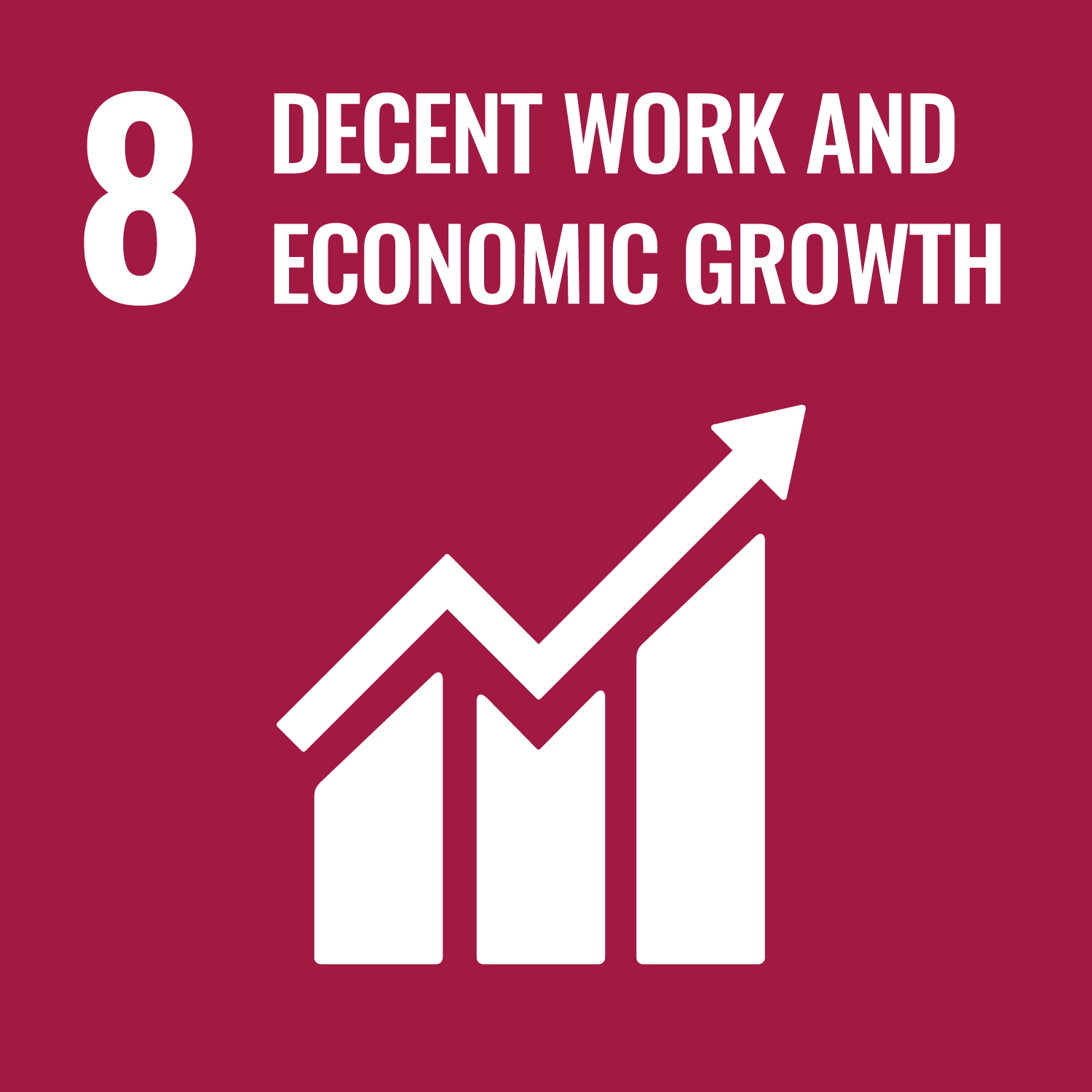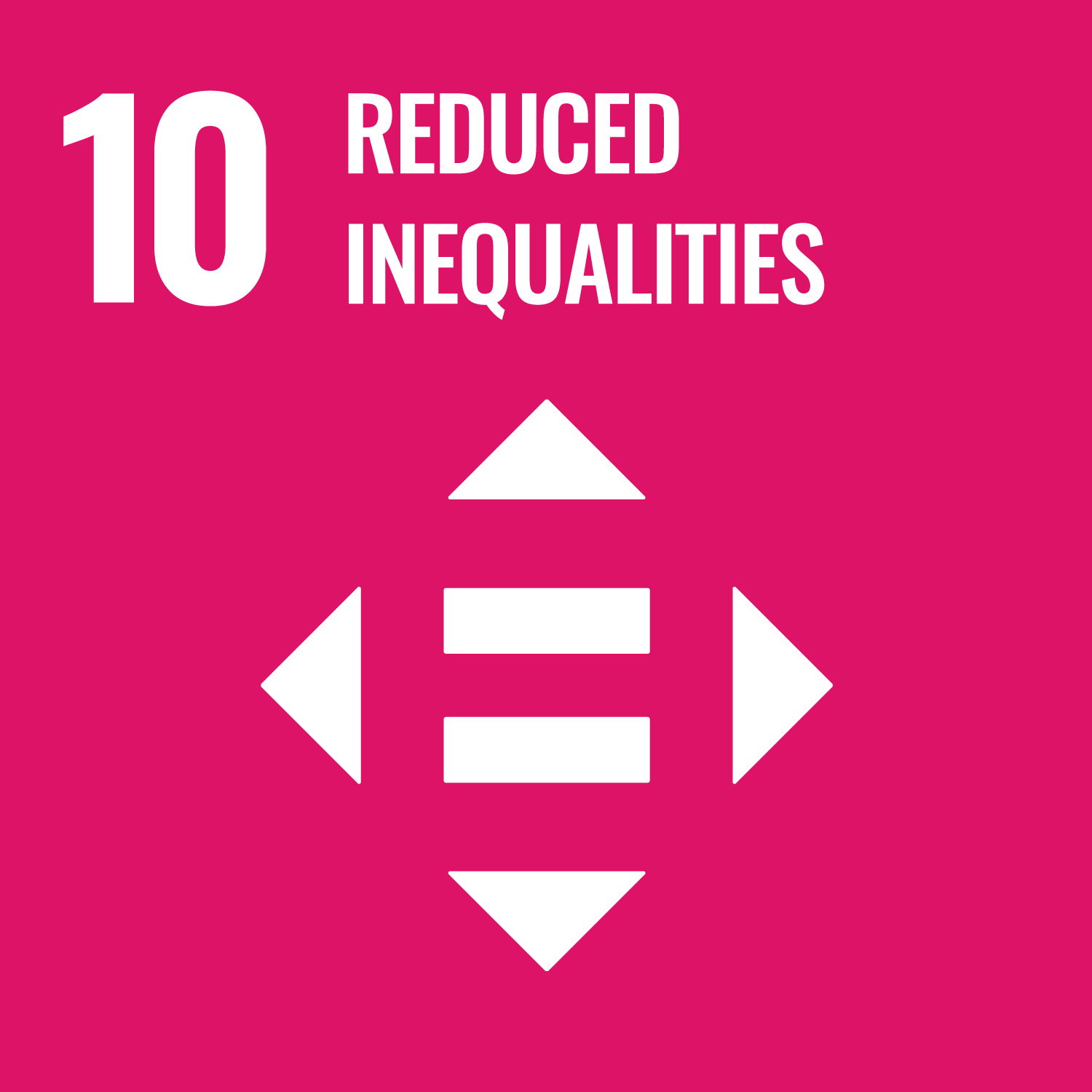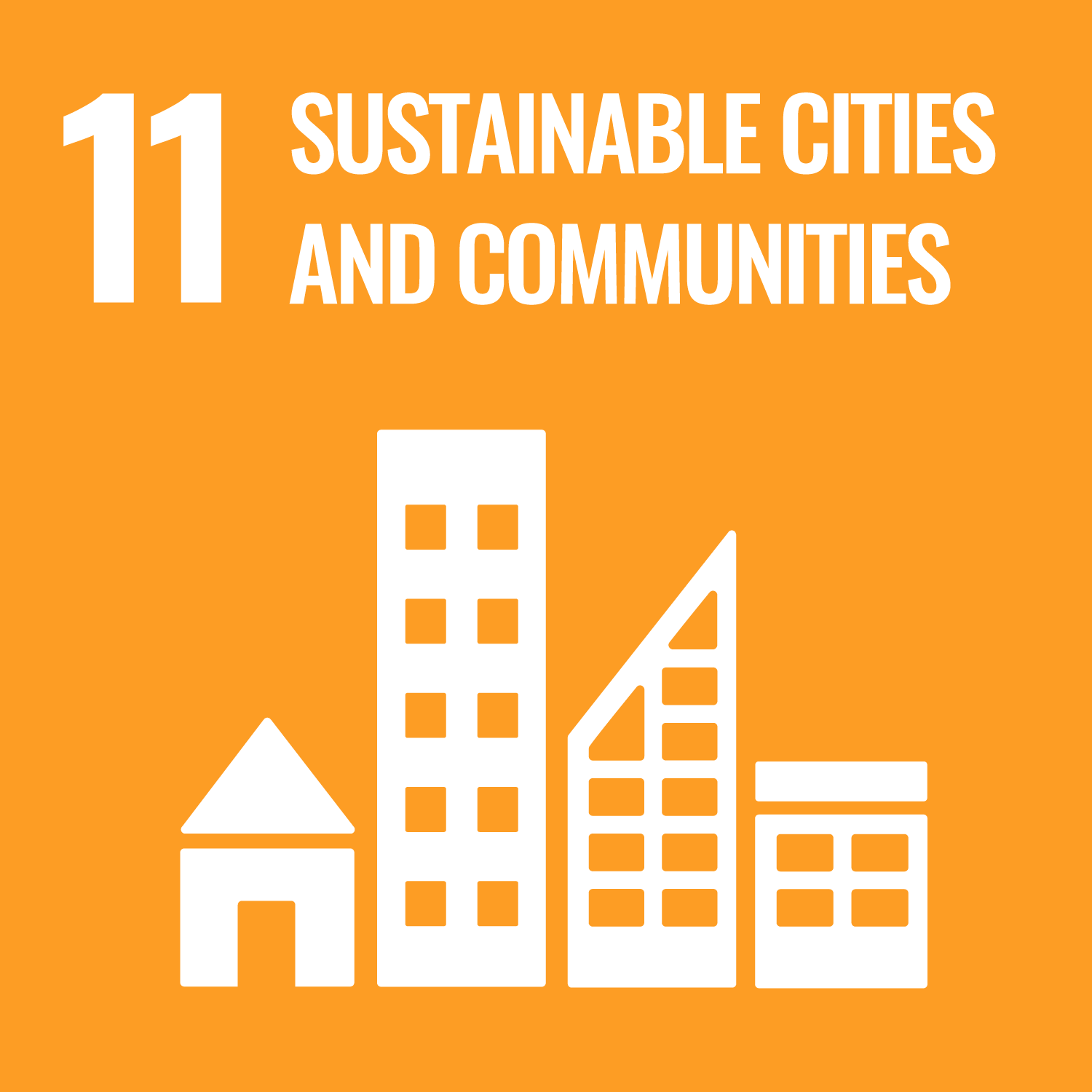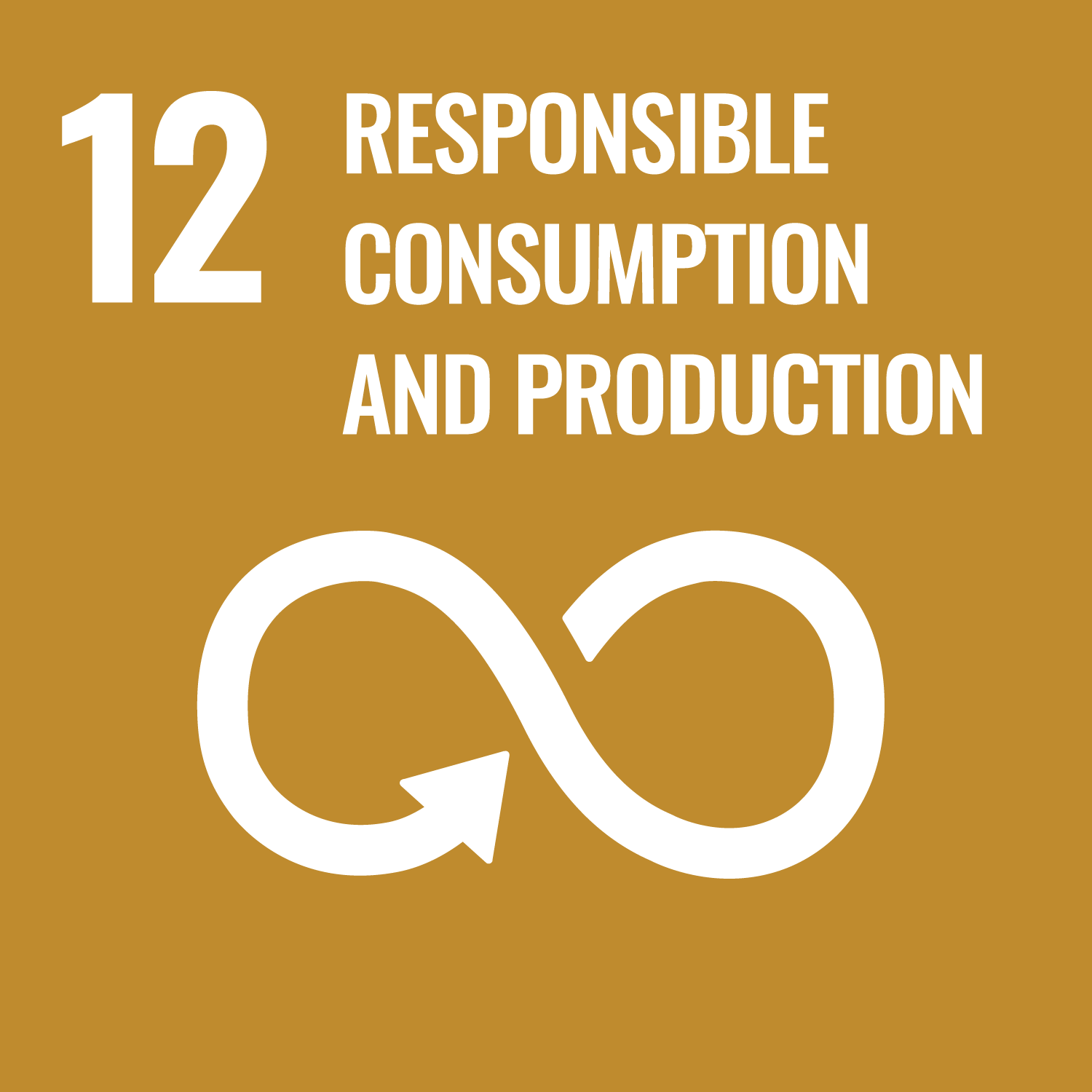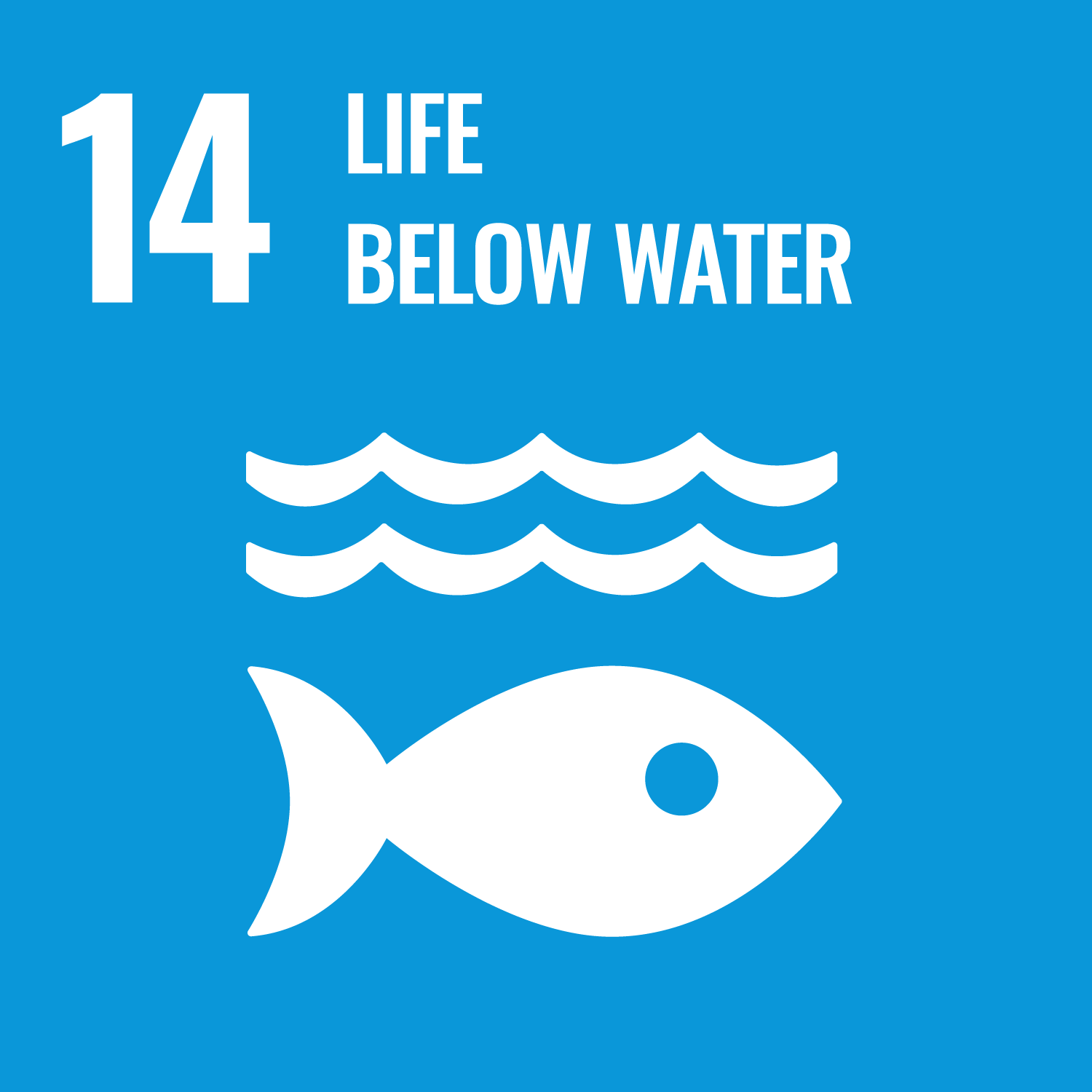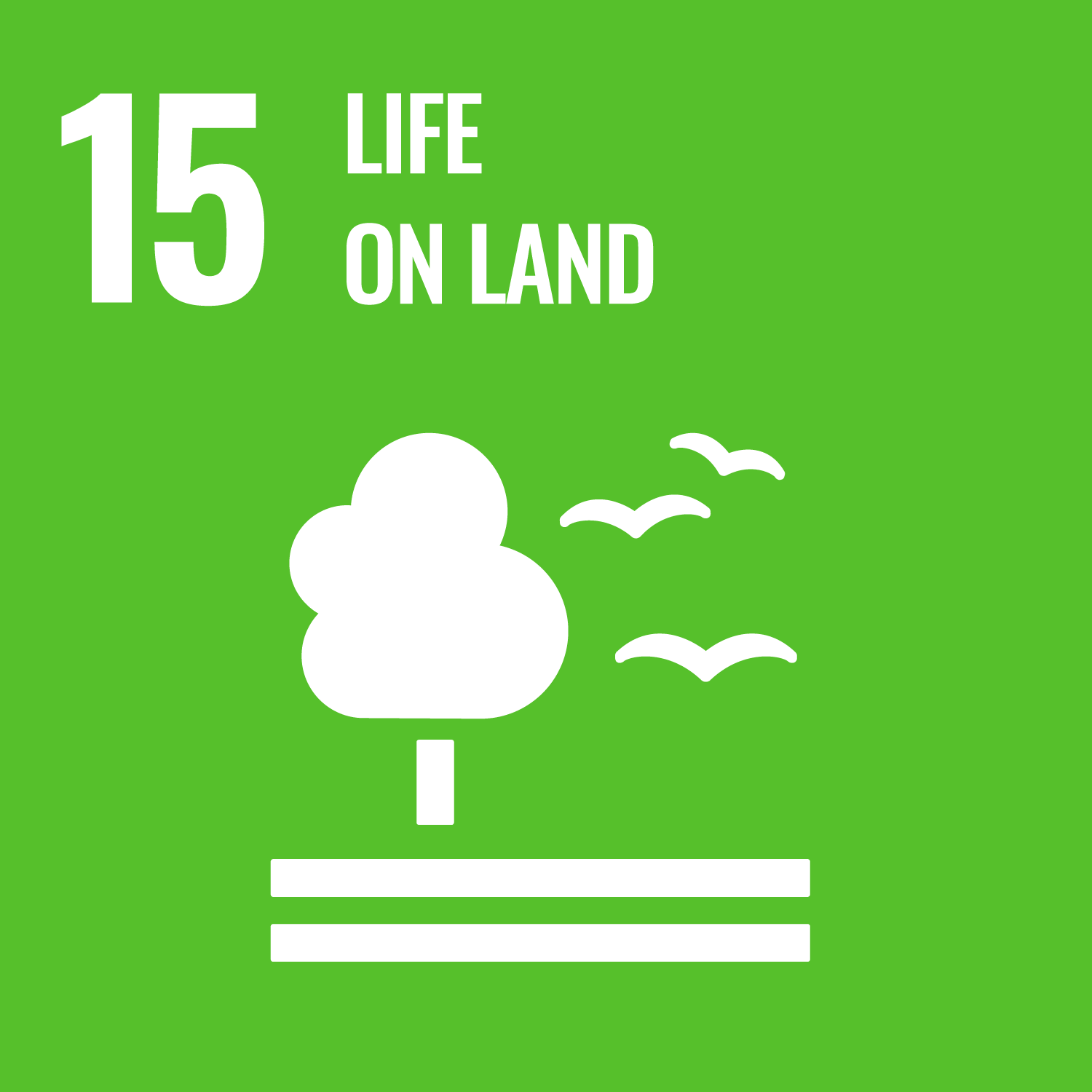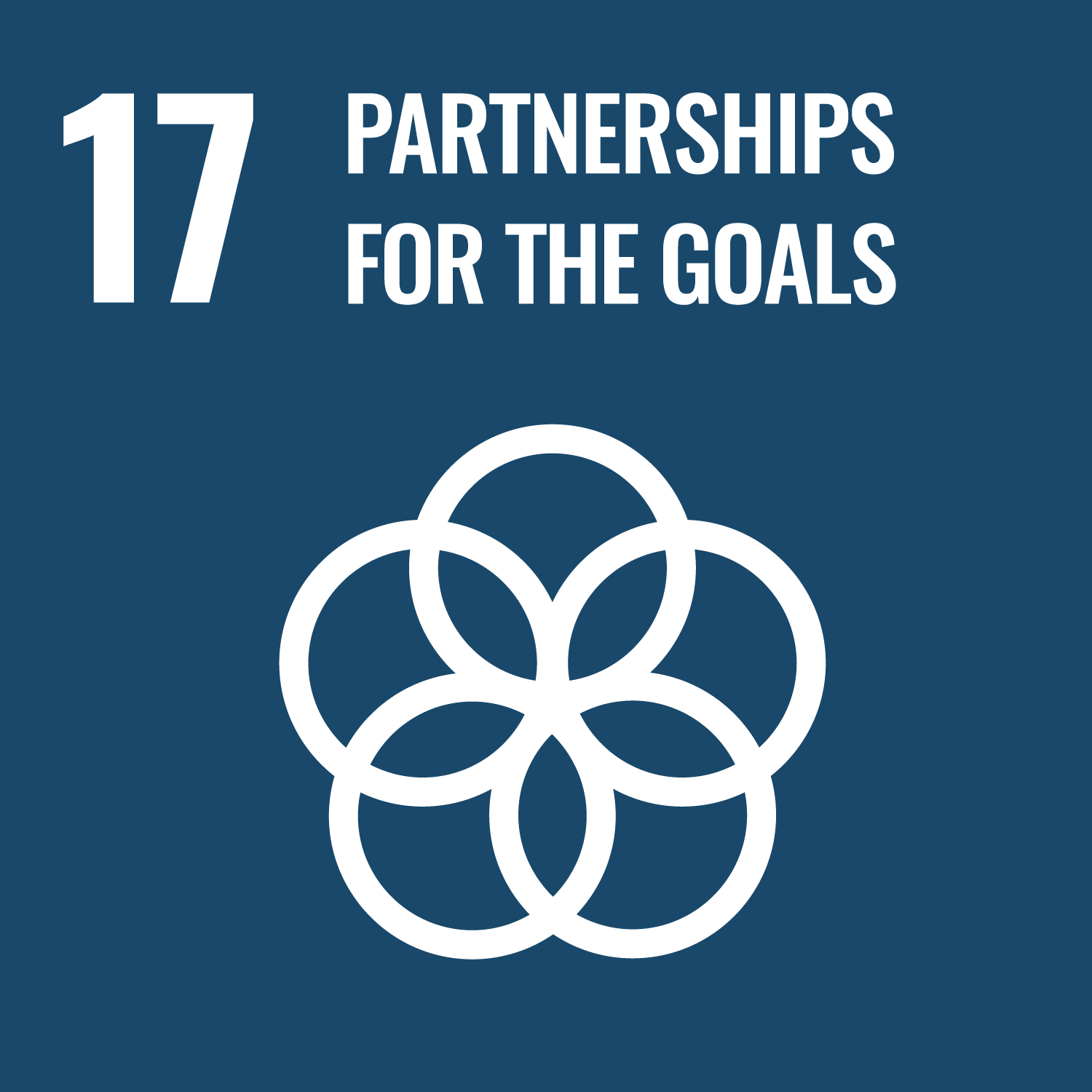What is Wata Technology?
Wata Technology is an innovative solution that addresses the global water crisis by producing chlorine locally using just water, salt, and sun. At its core, the project brings together simplicity, sustainability, and autonomy in one plug & play kit, designed especially for challenging environments. This initiative is driven by the harsh reality that billions of people depend on water contaminated by fecal matter and face deadly consequences each year. Born out of the Antenna Foundation in Geneva, Wata Technology stands as a beacon of sustainable progress in the Machinery & Equipment industry, with a BCorp score of 109.9. Its advanced yet accessible design not only supports drinking water treatment but also enhances hospital hygiene and aids in humanitarian emergencies.
Main Benefits of Wata Technology
By directly addressing critical limitations in water treatment and sanitation, Wata offers several immediate and impactful benefits:
- Globally, 2 billion people rely on contaminated water sources.
- Every year, 485,000 lives are lost due to diarrheal diseases related to poor water quality.
- One-quarter of health centers lack access to reliable drinking water while 10% have no sanitation service.
- Chlorine, produced locally by Wata, eliminates 99.9% of pathogenic micro-organisms in water.
- A residual chlorine concentration between 0.2 and 0.5 mg/L is recommended by the WHO for safe drinking water.
These figures underline a pressing need for a simple, effective solution available even in the most remote regions.
Innovative Local Production
The project’s core philosophy is built on the belief that every community deserves access to clean water and affordable hygiene solutions. Emphasizing local production, Wata Technology offers on-site chlorine generation at a concentration of 5 g/L. This innovative process makes use of universally available consumables such as table salt and clear water, and harnesses the free energy of the sun. It’s simple—almost plug & play—and requires minimal maintenance, thereby eliminating the dependency on imported chlorine. Such local autonomy is critical, especially in health facilities and during humanitarian crises where logistical challenges often make chlorine scarce.
Applications in Water Treatment and Hospital Hygiene
Wata Technology’s versatility is one of its standout features. The device can be used in a variety of applications:
- Drinking Water Supply: It incorporates chlorine injection in water networks, ensuring that water remains potable up to the most critical distribution points.
- Hospital Hygiene: The system is equally capable of decentralizing the production of surface disinfectants. This application offers a practical response in preventing the spread of diseases in the healthcare sector, making hospitals safer and more effective in their care delivery.
- Humanitarian Emergency: Thanks to its simplicity and robustness, Wata is particularly well suited for use in emergency situations. When rapid deployment is necessary, and traditional supply chains have faltered, this technology stands ready to meet urgent needs.
These multiple applications the project offers not only reflect its technical excellence but also its social relevance.
Scientific Validations and Global Outreach
To back its claims, Wata Technology has undergone rigorous scientific scrutiny. A notable validation is detailed in the study titled “Novel water treatment system in a low-resource community,” which is accessible online. This research underscores the efficacy of the system in improving water quality, a key concern in developing regions. The scientific community has recognized the potential of Wata due to its practical and replicable design, and this has further fueled global outreach efforts. By aligning with public health recommendations and environmental sustainability, Wata Technology not only supports clean water initiatives but also contributes to building stronger, healthier communities worldwide. The platform is supported by WATALUX SA, located in Geneva, reinforcing its credibility and dedication to public benefit.
Operational Simplicity and Sustainable Innovation
A look into the operational model of Wata Technology reveals a commitment to practical design and user-friendly operation. Forget complex machinery and intensive maintenance—this is about using everyday resources like salt and water to create something invaluable: disinfected water. Casual conversations around the marvel of using something as humble as sunlight to drive a high-performance process add an element of ingenuity. The system’s design is not just technically brilliant; it’s almost poetic in its ability to transform basic ingredients into life-saving chlorine. There is a refreshing simplicity here, a rejection of unnecessary complexity in favor of a reliable and resourceful approach.
Project Impact on Sustainable Development
- SDG 3: Good Health and Well-Being
- SDG 6: Clean Water and Sanitation
- SDG 9: Industry, Innovation and Infrastructure
- SDG 11: Sustainable Cities and Communities
- SDG 17: Partnerships for the Goals
Addressing Challenges in Remote Regions
Remote regions often suffer from logistical nightmares that leave populations vulnerable to waterborne diseases and inadequate sanitation. In these areas, the consistent availability and quality of chlorine are not guaranteed, and the chance to manufacture chlorine on demand becomes a game changer. With Wata Technology, the production is decentralized, meaning each community can be self-sufficient in its water treatment efforts. This approach not only cuts down the need for importing critical supplies but also empowers local stakeholders, giving them the tools to manage their own health and hygiene needs almost independently. The technology’s flexibility and ease of use provide a practical solution to complex challenges, creating a ripple effect of improved public health, enhanced hospital safety, and rapid response during emergencies. There is an unmistakable charm in how such innovation turns everyday elements into solutions that can save lives and foster community resilience.

